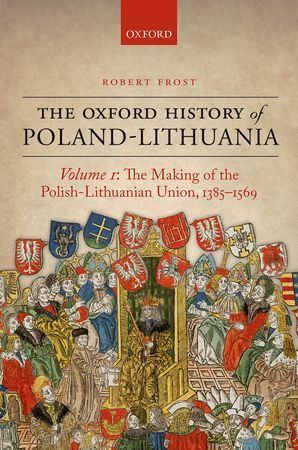The term Polish–Lithuanian Union sometimes called the United Kingdom of Poland and Lithuania refers to a series of acts and alliances between the Kingdom of Poland and the Grand Duchy of Lithuania that lasted for prolonged periods of time and led to the creation of the Polish–Lithuanian Commonwealth—the "Republic of the Two Nations"—in 1569 and eventually to the creation of a short-lived unitary state in 1791.
Important events in the process of union included:
1385 – Union of Krewo – a personal union that brought the Grand Duke of Lithuania, Jogaila, to the Polish throne1401 – Union of Vilnius and Radom – strengthened the Polish–Lithuanian union1413 – Union of Horodło – heraldic union which granted many szlachta rights to Lithuanian nobility1432 (1432–34) – Union of Grodno, a declarative attempt to renew closer union1499 – Union of Kraków and Vilnius, in which the personal union became a dynastic union, recognising the sovereignty of Lithuania and describing interaction between the two states1501 – Union of Mielnik – a renewal of the personal unionJuly 1, 1569 – Union of Lublin – a real union that resulted in creation of the semi-federal, semi-confederal Republic of the Two Nations (Polish–Lithuanian Commonwealth)May 3, 1791 – Polish Constitution of May 3, 1791: abolished the Kingdom of Poland and the Grand Duchy of Lithuania, and established a common state, the Rzeczpospolita Polska (the Polish Republic, or Polish Commonwealth) in their place. The Reciprocal Guarantee of Two Nations modified these changes, stressing the continuity of bi-national status of the state. The changes were reversed completely in 1792 under pressure from forces of the Russian Empire.
